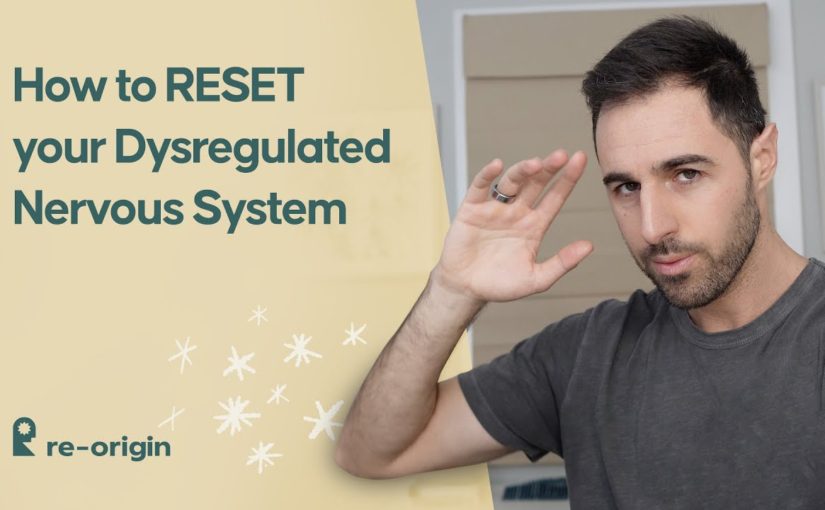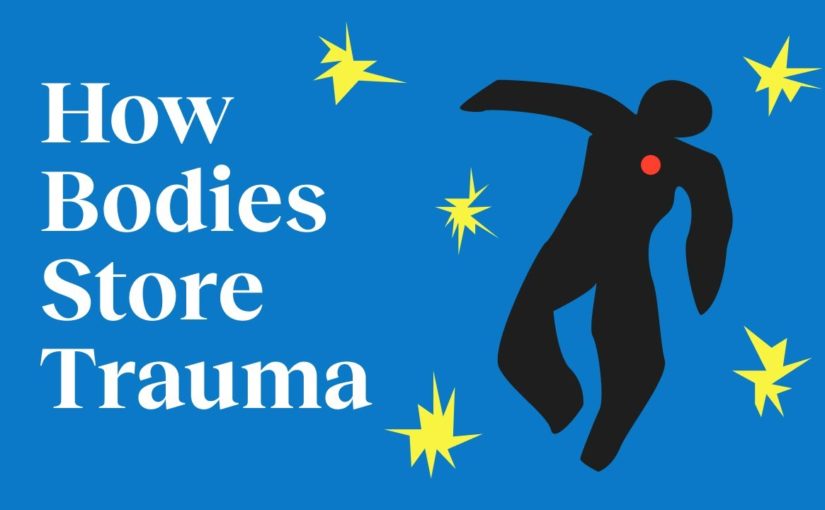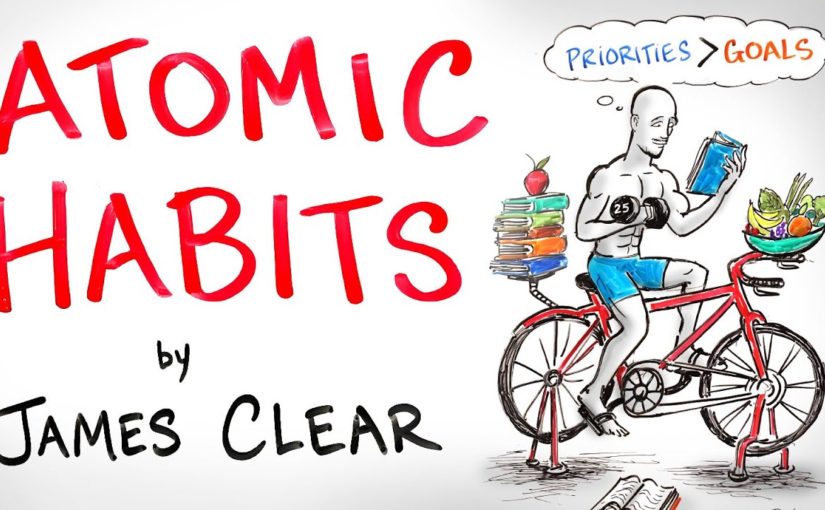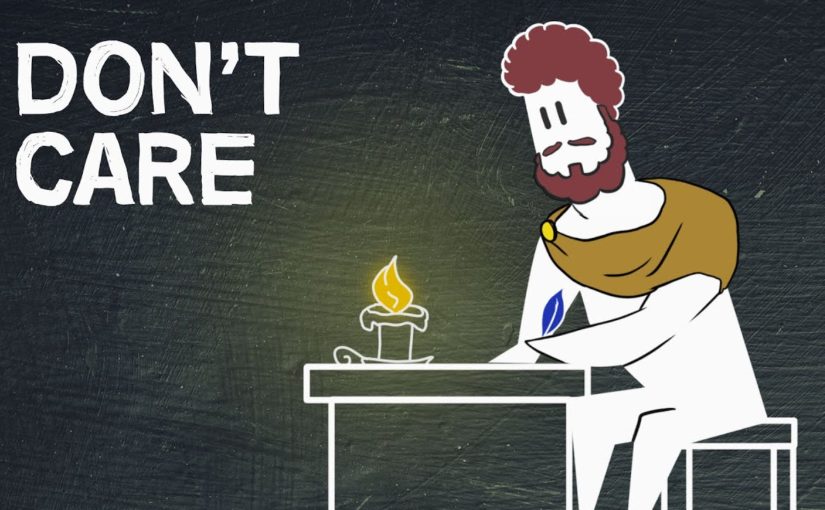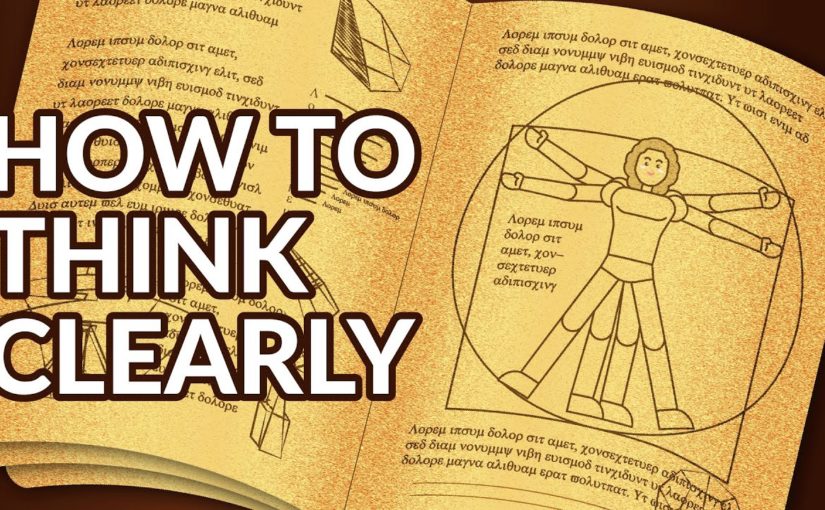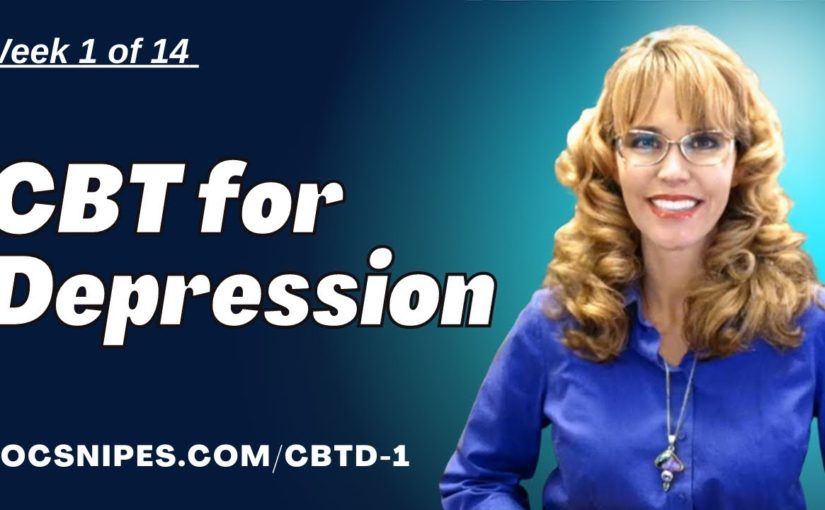https://www.youtube.com/watch?v=CFtsHf1lVI4
Translator: Mika Fukasawa Reviewer: Maria K. Good evening.
00:00:16 One of the things I love about visiting indigenous cultures is it lets me step back in time and see how we all lived centuries ago. In doing that, I’ve noticed so many things, things that we’ve gained and things that we’ve lost. One of the things I’ve really noticed is the fact that our relationships are much different. First of all, our relationship to the land.
00:00:44 In indigenous cultures there is no grocery store, in tribal cultures, especially, no utility districts, no water districts, no fast food restaurants.
00:00:57 Nothing stands between them and their survival, other than their own ingenuity and their own knowledge of the earth. They have a very intimate knowledge of the earth.
00:01:09 It’s always astonished me.
00:01:11 This one Hawaiian woman, who was at the beach and I met her, she saw this crab flipping out sand out of the hole. She said, “Look, sand is going to the North. There will be a storm coming tomorrow.” Sure enough, the storm, it shows up tomorrow.
00:01:28 They’re more or less the PhDs of their place on the planet. The other relationship that I’ve noticed is so tight is their relationship to each other.
00:01:40 Again, they don’t have the institutions.
00:01:42 They don’t have social security.
00:01:44 They don’t have an IRA or a 401(k) plan. They don’t have elder-care facilities.
00:01:53 They completely depend on each other for their survival, again. That produces a real tightness.
00:02:02 I’ve noticed women at a well in Africa for instance. They’re all sitting around, joking and talking. They’re nursing their babies.
00:02:11 The woman that needs to go to get the water will take her baby and pass it to another woman. She’ll start nursing it.
00:02:17 That woman will see her goat run off, and she’ll pass the baby to a third woman. She’ll start nursing it.
00:02:22 These kids are kind of even raised communally.
00:02:27 They live in extended families, and that brings a real tightness. The other relationship that I want to talk about tonight is the relationship to spirit. It’s a very strong one. This is Malik and her great grand daughter Yasmina.
00:02:47 They spend all their time together, 14 hours a day working in the garden.
00:02:53 I’ve seen this in Africa, Asia, South America.
00:02:57 I ask, “Why are these two people that are so different, together all the time? There is a big age difference.” They said, “No, no. You don’t understand.
00:03:07 Yasmina is just coming out of the spirit world, and Malik is just about to go back into the spirit world. So they really do have the most in common.” They literally pray to the spirits of the forests, the mountains, the rivers. They put spirits in everything.
00:03:27 Their ancestors’ spirits are so important to them. In the beginning, I sort of looked at this as superstition, uneducated, naive thinking. Over the last 30 years, I’ve slowly changed, and I want to talk to you a little bit about how that change came about. About 25 years ago, I was doing a project in Tibet on the human rights issues there, and I had the opportunity to go and meet the medium that channels the oracle of Tibet, the Dalai Lama’s oracle.
00:04:09 It took place in this little monastery. There were about 60 monks in there; they led the medium in, sat him down, put this big hat on his head, a very heavy hat. His face turned red.
00:04:24 The monks started chanting and beating their drums. He kind of went into this trance, and he started talking in a real high-pitched voice. The monks started writing down everything he was saying, and then, after about five minutes of that, he fainted, and they literally had to carry him out of the room. I just watched this, and I was wondering, “Is this a performance? Did he have a heart attack?” But two days later, I was able to interview the medium. His name is Thupten, he was 30 years old at the time. He is 50 now.
00:05:05 He said that he didn’t remember a thing that he said when he was in this trance.
00:05:11 He felt very weak right afterwards, for a day afterwards. So I said, “Well, how did you become the medium? How did you get this job?” And he said, “You know, when I was younger, I had started hearing these voices.
00:05:29 I started feeling very ill, and I was very confused, and in fact, I thought I was dying at one point.
00:05:36 An older monk came to me and said, ‘Hey, you’ve got a gift.’ He taught me how to go in and out of trance; he nurtured me; he stayed with me for the whole year.” Now he’s the Dalai Lama’s Oracle, the Oracle of Tibet. Two years later, I was doing a project for Amnesty International up in the Northern part of Kenya, in the Samburu area, and I was taking pictures of these people.
00:06:03 My guide turned to me and said, “You know, their predictor has told them that you were coming to take pictures of them.” I didn’t think too much about that because there I was taking pictures of them.
00:06:16 He went on to say, “They also said that she said that you would hide from them when you took their picture.” I said, “No, I don’t hide, I use very short lenses. I’m usually right in front [of] the person when I take their portrait.” That night I was home, cleaning my lenses, packing my bags, and I realized, yeah, I’ve brought my new camera that I’ve never used before.
00:06:43 It’s this Panoramic camera.
00:06:45 And this is the way I’ve got to focus that, in total darkness. All of a sudden I thought, “Well, that’s a coincidence.” My assistant said, “That’s amazing.” It was just something we kind of filed away, but at that point, I decided what I wanted to do is start actually seeking out these people that go into altered states of consciousness in order to heal or predict for their tribes. That’s what I started doing.
00:07:17 By the way, here is the woman that was the predictor. I did take her picture with a panoramic camera. Her name is Sukulen.
00:07:26 She is 37 years old – or was, at the time – five kids.
00:07:30 She had the very same story as the medium of the Dalai Lama. When she was 12 years old, she started having visual hallucinations. She started feeling sick and dizzy. Her grandmother came and said, “You know, you’ve got a talent,” and she nurtured her through it. I literally went around the world and doing my human rights work and started finding these shamans. The way I would find them – they never introduce themselves as shaman.
00:08:03 You would never know who they were unless you ask the community members, “Who is the healer here? Who goes into trance?” And they would tell me and lead me to the person.
00:08:11 So this is Nomage. She is a Mongolian shaman. I’ll just show you some of the 40 I interviewed.
00:08:18 This is Morgan Yazzie, he is a Navaho medicine man. This is Lindsa.
00:08:27 She is a shaman in Eastern Siberia. Mengatohue, a shaman in the Romani tribe, in the Amazon in Ecuador.
00:08:42 One of the last shamans I interviewed was right on the Pakistan-Afghan border. There is a group of animists there, called the Kalash.
00:08:51 There’s only 3,000 of them left, and they are surrounded by Islam. They hold on to their animistic beliefs.
00:08:59 They are very interesting-looking. They are blond-haired, blue-eyed.
00:09:03 They say they are the remnants of Alexander the Great’s army. They are very fun-loving, they make their own wine, but I went there because I was told that there was a six-year-old boy that was being initiated to be a shaman, and I wanted to see him.
00:09:20 Everybody I had interviewed up to that point had been a shaman for years.
00:09:24 I wanted to find somebody in that process of initiation.
00:09:27 When I got there, I found: no, he wasn’t six years old, he was a 60-year-old goat herder up in the mountains. (Laughter) So that’s the shaman rumor mill.
00:09:37 But anyway, I had taken my 16-year-old son with me as an assistant.
00:09:44 We had to hike for about a day and a half to get up to the top of the mountain where Janduli Kahn was herding his goats. He was the shaman for the Kalash people. And again, I asked the same questions.
00:09:58 “How did you get into this? What do you do for your tribe?” He had the same story of hallucinations, being mentored by an older shaman.
00:10:07 The shamans, in different cultures, induce their trance in different ways. By the way, shamanism is a universal practice. It’s the world’s oldest spiritual practice. There is a lot of common denominators, but the way they go into trance can differ.
00:10:25 In Mongolia, they beat a drum next to their ear.
00:10:29 In South America, they take psycho-active plants, like Ayahuasca. In Pakistan, they use something that is quite unique: they burn juniper branches, they slaughter an animal, pour the blood over the burning branches, and then the shaman inhales the smoke to go into trance.
00:10:48 Here I am trying to talk him out of doing a ceremony for me because I don’t want him to kill one of his animals. He said, “No, I have to do it.
00:10:57 My spirits are telling me I have to do it. You’ve come so far.” So the next morning, his sons started the fire, started burning the juniper branches. He started praying to the mountain spirits, the spirits of the forests.
00:11:13 They slaughtered the animal, and he started inhaling the smoke, and then he went into trance.
00:11:18 He stayed into trance for about five or 10 minutes, and when he came out, he was very silent, he hardly said anything. He was very talkative before he went into trance. And I thought, “Well, this is kind of strange.” I asked one of his sons through my interpreter, “What happened to him? What did he say? Did he see anything?” And the son just said, “The only thing he said is, ‘Your journey is going to be extremely difficult, but you are going to be safe.’ That’s all he said.” The next day my son and I took off.
00:11:55 We left his camp and walked down the mountain and headed up further into the Hindu Kush Mountains. We were out in the middle of nowhere, we had a jeep, and my son started getting sick.
00:12:08 He evidently picked up a bug in the water around Janduli Kahn’s camp. First day went by, he couldn’t keep anything down.
00:12:16 Second day, third day, fourth day. Couldn’t keep anything down for four days. He was getting so weak he could hardly walk. I was totally freaked out.
00:12:27 We pulled into this little village, and we happened to run into a doctor from Islamabad, who was visiting his mother, and he happened to have a bag of glucose and saline and an IV drip and some oral rehydration salts, and we brought Dax around.
00:12:48 To me it was like a miracle that the whole thing happened. I’ll tell you a little bit about the shamans. First of all, this is the common things with shamanism; it’s not always true, but in general.
00:13:04 They typically are identified with what they called the “Call.” And the “Call,” [for] the ones I interviewed, almost all of them, it was a psychological crisis.
00:13:15 Secondly, they almost always had a mentor. Somebody that has been through it, and has come out the other end of this psychological crisis, and can show them the ropes, and show them, and tell them, and comfort them along the way. And then they have to face what they call the initiation. It’s almost always this death.
00:13:39 A death of their old self and a rebirth of a new self. And this rebirth – I don’t know how to explain that. It’s like they …
00:13:53 take on much more of an elevated consciousness. They expand their consciousness.
00:13:59 Their awareness of who they are expands. They expand their circle of compassion; I guess that’d be the quickest way to say it.
00:14:09 As such, they learn to go into the spirit world, where they believe the spirit world informs our world of reality here. That’s where things really happen.
00:14:23 They go there, get the information, come back to help people. And then, after they’ve learned their trade, they begin their life of service, either a healer or a seer, a priest, and they typically do this for no money.
00:14:41 This is something they just do, it’s just something added to what they do. In the beginning many of them resist it because like Janduli Kahn, he’s still a goat herder, he still has to do that.
00:14:52 But on top of that, he is the healer for the community. Sukulen has five kids that she has to take care of.
00:14:58 On top of that, she is the healer of her community. So it is a lot of extra work.
00:15:05 So it happened – I put that whole project aside because I didn’t know what to do with it. I didn’t know what to say about it.
00:15:12 I felt I was getting in over my head, into the world of consciousness, and spirits, and all this. But a year and a half ago, I met a young kid who had one of these psychological breaks.
00:15:23 I just want to introduce you to him, just a moment here. (Video) Adam: “It was just this total shattering, and my mind just opened, and I started thinking of all these different things. And in that sense, it was beautiful. I found it was – How I found my – The first time I’d ever experienced a real connection to the universe, where I really felt like a part of this.
00:15:48 That I was this, this was me. It was just like … incredible! And so simple – Yeah, I mean, absolutely amazing.
00:15:56 And then I kept going, and then I went way too far. And then it got scary.
00:16:04 It was just kind of like a panic. I don’t know.
00:16:07 ‘Put some medication in this kid and just hope for the best,’ but it – I don’t know if it hurt or helped.
00:16:15 It was at the point where I was being diagnosed, I think, for side effects of medications.
00:16:19 Like, there was a point where I was taking 15 pills in a day.
00:16:24 And I felt like a lab rat, and the side effects were just awful. Absolutely awful.
00:16:33 Vomiting all day, I couldn’t leave my house for so long, from just these awful anxiety attacks, and the thought of interacting with people would make me sick to my stomach. It was just so much. I still don’t know what was the side effect and what was my mind.” Phil Borges: Adam was on drugs, on pharmaceuticals, for about four years. He was having a such a hard time that he decided to go cold turkey, cut them off, and did a Vipassana meditation retreat. And those of you who don’t know what that is: They come in various forms, but this one was 10 days silent meditation, 10 hours a day. It’s very rigorous.
00:17:19 I did one just to see what it was about.
00:17:21 And it was one of the hardest things I’ve done. He was able to stabilize himself.
00:17:28 He got a job at Whole Foods Market, which he hadn’t been able to do before. He started having what he called “synchronicities,” where he’d have a thought and the thing would happen. And by the way, he is very psychic, he has very strong healing potentials.
00:17:44 But he has no confidence in what’s happening to him, there’s no one that’s been able to conceptualize it for him. Anyway, he had these, and he decided he needed to go back and do another Vipassana. Well, they learned that he had this history of mental illness, and they sent him home.
00:18:04 So the one avenue that he could have gotten relief from cut him off because of the stigma of his mental illness. Adam isn’t alone in this by the way.
00:18:19 In having bipolar [disorder], schizophrenia, depression, any of these heavy psychological episodes. Here’s some statistics from the National Institute of Mental Health.
00:18:32 One in five of us will suffer a psychological crisis in our lifetime. By the way, that’s a rising figure right now.
00:18:41 The other thing is, one in 20 will become disabled because of it. Another interesting fact about this phenomenon is 50% happens before the age of 14.
00:18:54 By the way, most of the shamans, it happened either in their adolescence or in their teenage years.
00:18:59 Seventy five percent before the age of 24.
00:19:02 So it’s more or less a phenomenon of young people. Here is the difference in cultures that I noticed. The shaman’s advantage.
00:19:15 One, they have a cultural context.
00:19:19 The physiological crisis, although it’s difficult, it’s believed to be – they put it in a positive light. It’s something the person is going to come out of and be stronger in the end.
00:19:31 Have more abilities in the end.
00:19:34 The other thing that’s a big advantage is it’s not stigmatized.
00:19:39 If you have the stamp of mental illness on your forehead, or on your dossier, or whatever, you are not going to get a job. It’s not like having diabetes or even cancer. It’s one of the most stigmatized things that can happen to the person in our culture.
00:20:01 And especially, if some kid is having these visions, and he’s not knowing what’s happening to him, and the doctor comes and says, “You’re broken and you are this,” you can imagine how that adds to the problem. The other thing they have an advantage of, they have a mentor, they have somebody that has been through this process, that can take and hold their hand and say, “Listen, I know what this is all about, and this is how you manage it.” And the third thing that’s a huge advantage is they have a community that buys into what they’ve gone through. Not only that, they have an outlet for their talents.
00:20:40 Many of these people have specific talents that the normal person doesn’t have. So, that’s what is an advantage if you’re in one of these indigenous communities. I don’t know if you heard the recent TED Talk by a woman by the name of Eleanor Longden. Has anybody heard that one? It went viral. She did it a couple of months ago. This is a young woman, when she went to college she started hearing voices. She said, “My nightmare began when I told my roommate I was hearing voices.” Her roommate said, “You’d better see a doctor.” So she went [and] saw the doctor.
00:21:18 The doctor said, “You’d better see a psychiatrist.” She went to see the psychiatrist.
00:21:22 The psychiatrist gave her the label “schizophrenia,” put her on medications.
00:21:27 By the way, these medications suppress the symptoms, they don’t get at the root [of the] problem.
00:21:33 She said, from that point on, she just spiraled down.
00:21:37 You ought to listen to her video on how she brought herself out of that. She eventually got to the point where she said, “I realized that those voices were helping me resolve this old childhood trauma of sexual molestation.” But it took her and a couple of friends that believed in her, to get her out of that hole that she had gone down in because of that stigma.
00:22:03 So, if you do have one of these issues, if one of us does have one of these issues, we go to somebody.
00:22:10 The common method of treatment is to suppress the symptoms with pharmaceuticals. So, with Adam, we’ve been following among, and so I’ve been posting this on our blog over the last year and a half, how he’s doing and what’s going on.
00:22:24 By the way, he’s homeless now, like so many end up.
00:22:27 And we’ve started interviewing professionals that take a whole different approach to this problem.
00:22:35 And in fact, some of the psychiatrists, psychologists we’ve interviewed, and we’re posting them as well, claim many of these instances, not all of them, but many of them, as spiritual emergencies. And they believe, just like I do now, if you hold these people, if you don’t stigmatize them, if you don’t scare them with the label, and tell them they’re broken, and if you give them a place of support, that the psyche itself is self-healing.
00:23:10 It will take them, and it will eventually work out whatever is going on with them, and they’ll typically come out at a higher level of awareness and consciousness then when they went into the problem in the first place. There are many people that believe – we’ve interviewed cultural historians, cultural anthropologists, they believe that our species right now is in crisis.
00:23:39 You look at the environment, you look at the economic system, you look at what’s happening with our continual wars, and we’re being asked to raise our consciousness to a whole different level.
00:23:57 I just want to end with this statement from one of our most famous scientists, and I love this statement, he says, I’ll just quote: “We human beings tend to experience ourselves as something separate from the whole we call the Universe. This is actually an optical delusion of our consciousness. It’s like a prison for us.
00:24:25 Our task is to free ourselves from this prison by [widening] our circle of compassion to embrace all living creatures and the whole of Nature in its beauty.
00:24:37 This striving for such an achievement is a path to our liberation and the only true foundation of our inner peace and security.” That was Albert Einstein. Thank you very much.
00:24:51 (Applause)
